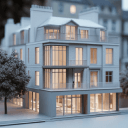3D home modeling software accelerates design decision-making. Users can visualize changes instantly rather than imagining them from 2D drawings. This software generates accurate, detailed representations of spaces, allowing homeowners and designers to experiment with different layouts, materials, and colors efficiently. Data supports that visualization tools reduce decision time by up to 40% in renovation projects.
3D modeling tools enhance client communication. Designers present realistic models, facilitating clearer conversations about expectations and possible adjustments. Surveys indicate that projects utilizing 3D models experience a 20% increase in client satisfaction due to improved understanding and alignment of project goals.
Traditional 2D blueprints limit understanding of spatial relationships and material interactions. Clients often struggle to interpret flat drawings, leading to miscommunication and dissatisfaction. 3D models, however, provide immersive experiences, presenting designs in a context that clients easily understand. This advantage translates into faster approvals and fewer revisions, saving time and resources.
Arcadium stands out among 3D home modeling tools. It offers browser-based convenience, eliminating the need for complex software installations. Virtual staging designers and non-professional users appreciate its simplicity, enabling them to create detailed 3D house plans within minutes. Arcadium's user-friendly interface and functionality demonstrate its value in simplifying remodeling projects across various scales.
Contents:
3D Home Modeling Software Advantages
Why do professionals and homeowners alike turn to 3D home modeling software for remodeling projects? The software allows for the visualization of changes before the physical work begins. Architects use it to design exteriors, while interior designers plan room layouts and furniture arrangements. This visualization prevents costly mistakes, ensuring the final result aligns with the homeowner's vision.
How does this software enhance client communication? By providing a tangible model of the proposed design. Clients no longer have to struggle to interpret complex architectural drawings; instead, they can see lifelike renditions of their future homes. This clarity fosters trust between the client and the professional, streamlining the decision-making process and facilitating smoother project execution.
What sets 3D home modeling software apart in terms of flexibility and error reduction? It permits countless revisions with ease, unlike traditional methods that may require starting from scratch. Users can experiment with different materials, colors, and layouts until they achieve the desired outcome. This trial-and-error process significantly reduces the risk of errors and design discrepancies, ensuring a higher satisfaction rate upon project completion.
3D home modeling software stands out for its superior efficiency over manual drafting and 2D plans. Users accomplish more in less time, thanks to intuitive interfaces and automated features like lighting effects and material textures. This efficiency not only accelerates the design phase but also reduces the overall project timeline, offering clients a quicker route to enjoying their newly remodeled homes.
Cost-Saving Strategies with 3D Modeling
How does 3D home modeling software introduce cost-saving strategies for remodeling projects? By enabling accurate visualization before physical work begins. This software allows homeowners to experiment with different designs, materials, and layouts virtually. Mistakes in planning, often costly in traditional approaches, are significantly reduced. Users adjust their designs in real time, ensuring optimal use of resources and preventing unnecessary expenditure on materials that don't match the envisioned outcome.
What impact does the use of 3D modeling have on communication between clients and contractors? It enhances clarity and understanding. Clients present their visions through detailed models, making their expectations explicit. Contractors interpret these models with ease, reducing misunderstandings that lead to costly revisions. This streamlined communication ensures that projects adhere to budget constraints more tightly, as both parties align on the project scope and necessary adjustments swiftly.
Can 3D modeling influence the choice of materials and fixtures in a budget-friendly manner? Absolutely. By providing a comprehensive database of materials and fixtures, including cost estimates, these software tools help in making informed decisions. Homeowners explore various options, comparing aesthetics and prices, without committing to purchases prematurely. This process fosters a cost-effective selection, ensuring the final design is both economically and visually satisfying.
In contrast to traditional methods, 3D modeling software stands as a beacon of efficiency and economy in home remodeling. Traditional approaches often stumble on the unpredictability of costs and design mismatches, while 3D modeling shines by offering foresight and flexibility. Where traditional methods incur extra expenses through trial and error, 3D modeling paves a path of precision and careful planning. This innovation does not merely promise potential savings; it delivers by transforming uncertainties into visualized, tangible plans that align closely with budgetary and aesthetic goals.
Enhancing Design Visualization
How does 3D home modeling software revolutionize the way individuals visualize potential remodeling outcomes? By enabling users to see detailed, lifelike renderings of their spaces before any physical work begins. Designers insert furniture, colors, and materials into models, transforming abstract ideas into tangible visions. This process eradicates guesswork, aligns expectations, and fosters decisive planning.
What challenges do traditional two-dimensional plans present in grasping the full scope of a design project? They often lead to misinterpretations and difficulty in understanding spatial relationships. Clients struggle to imagine how textures and light interact within a space, creating a disconnect between concept and reality. Conversely, 3D modeling software depicts shadows, lighting, and textures with high accuracy, bridging the gap between imagination and the tangible.
Can enhancements in visualization impact decision-making during the remodeling process? Absolutely, by providing a comprehensive view of how various elements coexist in a space. This clarity accelerates decision-making, reduces redesign costs, and improves satisfaction with the final project. Clients can experiment with different layouts, materials, and colors, ensuring choices reflect their desired outcome with greater certainty.
In terms of enhancing design visualization, 3D home modeling software offers a superior experience over traditional methods. Drawings on paper restrict the understanding of dimensions and do not convey the full aesthetic potential of a design. Software applications present a dynamic and interactive exploration of spaces, enabling immediate adjustments and real-time feedback. This not only enriches the design process but also significantly reduces the likelihood of costly post-construction changes.
Material and Furniture Selection
Why does choosing materials become easier with 3D home modeling software? Users gain the ability to visualize various materials in real-time settings. Woods, metals, and plastics appear distinctively different under diverse lighting conditions. Textures such as polished granite or brushed steel significantly alter aesthetics, empowering users to make informed decisions swiftly.
How does furniture selection benefit from 3D modeling? The software presents an extensive catalog of furniture pieces, ranging from sofas to bookshelves. Users can experiment with layouts, mixing and matching styles like modern minimalist chairs with rustic oak tables. This flexibility ensures spaces are optimized for both function and beauty.
Does the software assist in color coordination? Absolutely. Color schemes can be tested across walls and furnishings, allowing for the comparison of hues such as deep blues against vibrant yellows. This feature minimizes the risk of discordant color pairings, ensuring a harmonious interior design.
In traditional methods, material and furniture selection often involves guesswork and physical samples, which may not accurately reflect the final look. 3D home modeling software, by contrast, offers a precise and comprehensive view, displaying how different materials and pieces interact within a space. This direct visualization surpasses traditional methods, ensuring selections enhance both the functionality and the aesthetic appeal of any room.
Project Planning Efficiency
How does 3D home modeling software enhance project planning efficiency? By providing a visual and interactive representation of design ideas. Architects generate precise floor plans, while homeowners visualize the end results before the actual construction begins. This clear visualization aids in decision-making, ensuring that all stakeholders have a unified understanding of the project outcome.
Why is collaboration more straightforward with 3D home modeling software? It facilitates seamless communication between clients, designers, and contractors. Users share models and feedback instantly, making it easier to discuss changes and adjust designs promptly. This direct communication reduces misunderstandings and speeds up the approval process, aligning the project more closely with the client's vision.
Does the use of 3D modeling software reduce the occurrence of costly mistakes? Absolutely. By spotting design flaws early, teams can avoid expensive corrections during the construction phase. The software identifies conflicts in the design, such as electrical and plumbing mismatches, preventing potential structural issues. Consequently, projects adhere more closely to budgets and timelines, sparing clients from unforeseen expenses.
In efficiency of project planning, traditional methods lag significantly behind those utilizing 3D modeling software. Manual drawings demand more time for creation and revisions, while software allows for swift adjustments. Collaboration via traditional means often results in delays; in contrast, software supports real-time updates and discussions. The risk of error remains high with paper-based plans, whereas digital models offer higher accuracy, greatly reducing the likelihood of costly post-construction corrections.
Why do collaboration tools for teams stand out in 3D home modeling software? They enable seamless communication among architects, interior designers, and clients. Architects share designs, interior designers suggest modifications, and clients provide feedback–all within a unified platform. This synergy accelerates decision-making processes, ensuring projects adhere to timelines.
What benefits do these tools offer for project management? They simplify the tracking of project phases, from conceptualization to completion. Managers assign tasks, set deadlines, and monitor progress, while team members receive instant updates. Efficiency grows, as does the capacity to handle multiple projects simultaneously.
How do these features enhance overall project quality? By fostering an environment where feedback is immediate and changes are implemented swiftly. Design flaws are identified and corrected early, preventing costly mid-project alterations. The final product benefits from a collective input, reflecting a higher degree of precision and client satisfaction.
In the context of project management, 3D home modeling software with robust collaboration tools proves superior to traditional methods. Projects conclude faster, with a notable reduction in errors and miscommunications. This efficiency not only saves time but also significantly reduces costs, illustrating the tangible benefits of adopting modern technology in remodeling ventures.
Avoiding Design Errors
How can design errors derail remodeling projects? They often lead to costly and time-consuming revisions. For instance, inaccuracies in measurements or material estimates can necessitate additional purchases and adjustments. Misjudgments in spatial allocation can result in furniture and appliances not fitting in the intended spaces, necessitating redesigns and causing project delays.
What role does 3D home modeling software play in mitigating these risks? It provides an accurate visual representation of the project outcome. Tools within the software allow for precise measurement inputs and automatic calculations, reducing the likelihood of human error. Virtual walkthroughs enable clients and designers to spot and rectify design flaws before construction begins, ensuring that elements such as lighting, color schemes, and textures harmonize as intended.
Why is early error detection crucial in remodeling projects? It conserves resources such as time, money, and materials. Identifying a design flaw in the planning phase is significantly less expensive than correcting a constructed error. Early detection also maintains project timelines, preventing the domino effect of delays on subsequent tasks.
In terms of avoiding design errors, traditional methods fall short against the capabilities of 3D home modeling software. Traditional techniques rely heavily on manual calculations and two-dimensional drawings, which do not offer the same level of detail and perspective. This lack often leads to oversights in spatial relationships and design coherence. In contrast, 3D modeling provides a comprehensive view, ensuring all elements work in concert, thereby significantly reducing the risk of errors.
Sustainability and Eco-Friendly Remodeling Options
Can 3D home modeling software assist in selecting materials that are better for the environment? Absolutely. Users can explore a variety of sustainable materials, such as bamboo flooring and recycled glass countertops. These options reduce waste and decrease the demand for virgin resources. Consequently, homeowners benefit from both an aesthetic and ecological standpoint.
Does the software enable the analysis of energy efficiency in designs? Indeed. Features like solar panel placement and thermal insulation types are assessable, helping to forecast the energy consumption of a home post-remodel. As a result, individuals can make informed decisions that favor renewable energy sources, leading to lower utility bills and a smaller carbon footprint.
How can this technology aid in water conservation? By incorporating elements such as rainwater harvesting systems and low-flow fixtures into the model, users can visualize water-saving solutions. These adaptations contribute to a significant reduction in water usage, mitigating the impact on local water supplies and ecosystems.
In terms of durability and longevity, eco-friendly materials often surpass their conventional counterparts. Bamboo, for example, not only grows rapidly but also boasts a higher strength-to-weight ratio than some types of wood, making it a robust choice for flooring. Similarly, recycled glass countertops offer a unique aesthetic without sacrificing surface resilience or lifespan, illustrating that sustainability does not compromise quality.


 All training, tips and articles
All training, tips and articles
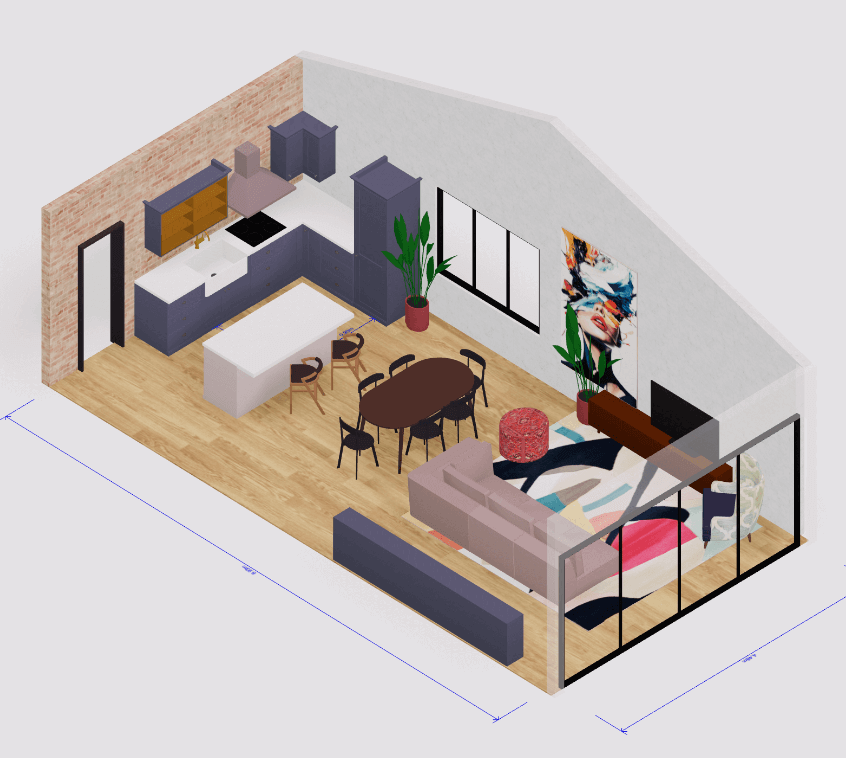 3D house design tool
3D house design tool
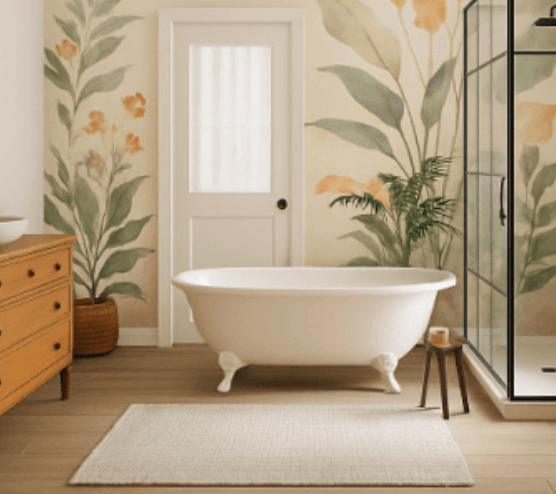
 Color palette generator
Color palette generator
 Floor plan creator
Floor plan creator
 Interior design app
Interior design app
 Kitchen design tool
Kitchen design tool
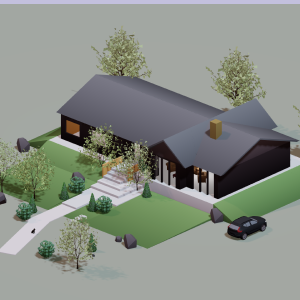 House design software
House design software
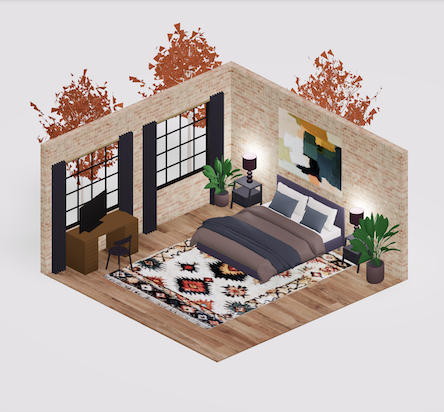 Room designer
Room designer
 Landscape design software
Landscape design software
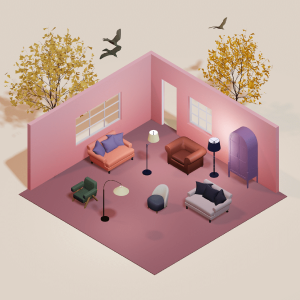 Bedroom design
Bedroom design
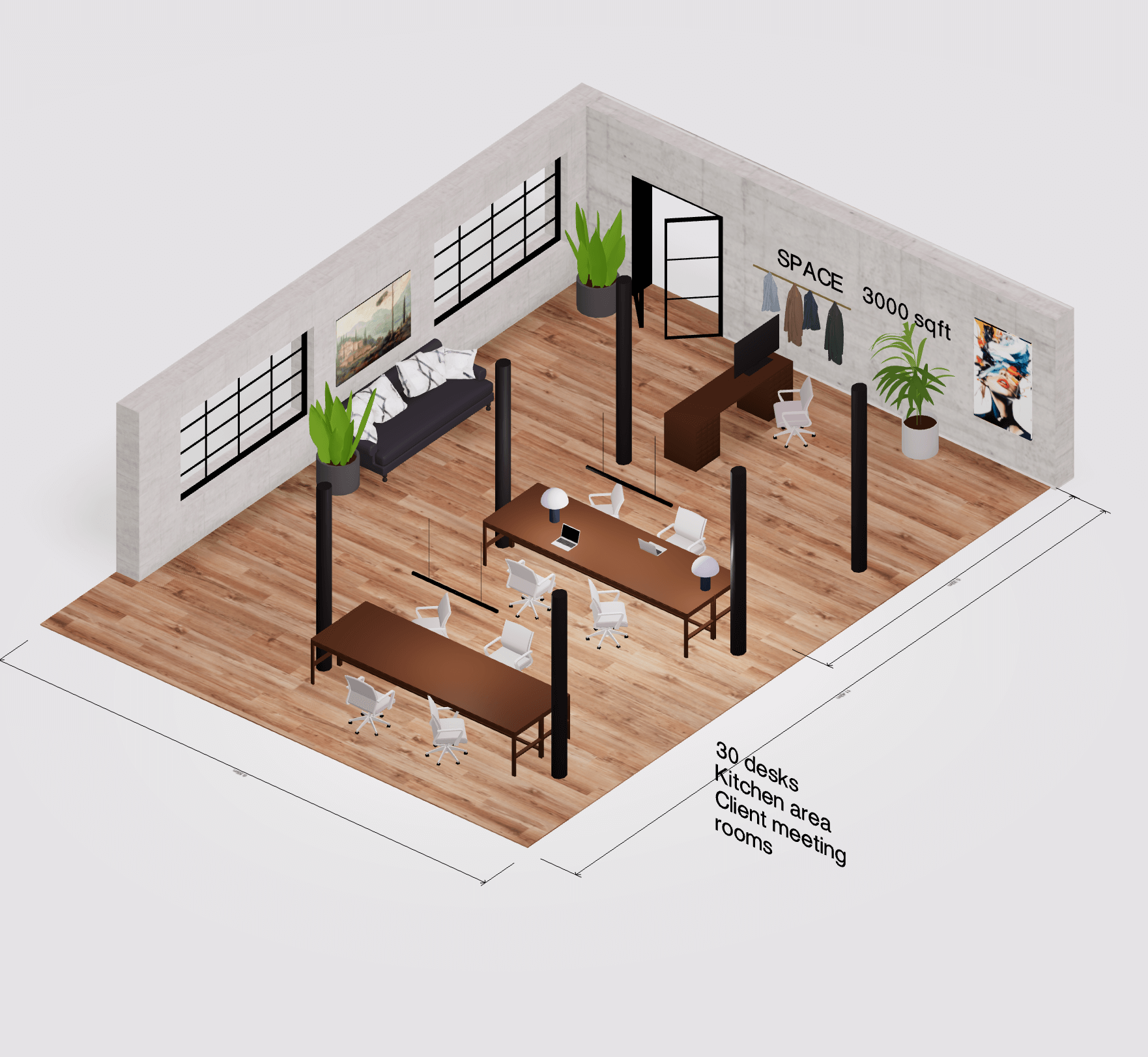 Office floor plan creator
Office floor plan creator
.png)



